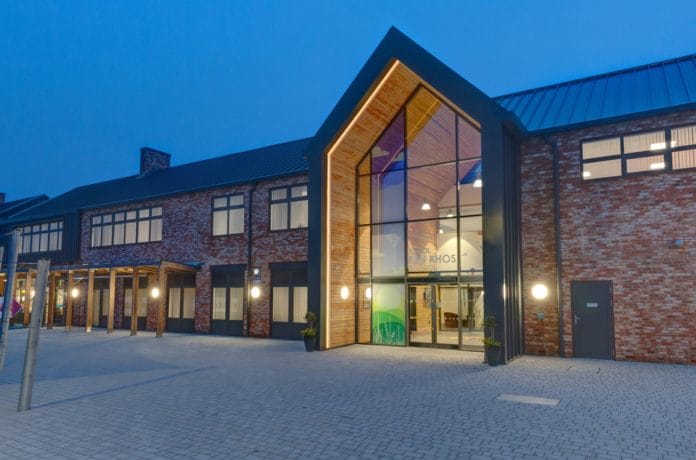
This month, Adam McAvoy, Associate in our Glasgow studio, talks us through how we are enhancing and measuring the social value of our projects, how we use this information to influence future designs, and why this is so important to achieve a truly sustainable built environment.
“We must remain cautious of over-simplifying the social value principle, and therefore also collect quantitative data in the form of commentary on user and client experience. This mix of qualitative and quantitative learnings provides us with a rich foundation for future projects”
Our design approach has always been to put users front and centre of our design development; after all, user satisfaction should be the aim of any building or landscape scheme. While the sustainable development concept has traditionally formed around three core principles, the economic and environmental elements have often taken precedence over social elements, due to the ease of quantifying the outputs. The social principle, which relates to the impact a building or space has on the users and its surroundings, has been more difficult to measure, and has not therefore been sufficiently represented. Thankfully, as social value has risen in prominence in recent years, there are now industry-wide initiatives and guides to aid the creation, quantification and articulation of social value, allowing for a much needed rebalance of this inequality within the sustainability sphere.
In the RIBA Social Value Toolkit for Architecture, 2020, five dimensions of social value are identified in the context of the built environment:
- Jobs and apprenticeships – created through the project design and delivery
- Wellbeing generated by design
- Designing with the community
- Learning developed through construction – engaging with local cohorts about the building process
- Constructing buildings using local materials
The Social Value Toolkit (SVT) delves into the why and how of both delivering and measuring social value throughout the design process, including a library of Post-Occupancy Evaluation (POE) questions to facilitate the collection of data.
Our desire to consider the impact of design on individuals and communities is what drives our ambition, and led us to develop our three-part Thoughtful Design Toolkit which focuses on ‘wellbeing generated by design’ as listed above. Our toolkit, which aligns to RIBA Stages 0-7, includes: ‘Insight’, which uses end users’ spatial, environmental and wellbeing preference to inform the brief; ‘Healthcheck’, which measures the environmental success of the design against the brief and best practice criteria; and ‘Impact’, which measures the success of design in operation using POE and interviews with clients and end users.
I was heavily involved in the St Andrews University student residences projects, which utilised the Thoughtful Design Toolkit during the process. The production of tangible data that can be used to demonstrate a positive social impact is invaluable to designers, as it not only allows us to report on successes, but also to identify areas of improvement for the future. Our impact study, developed with Hatch Regeneris social value consultants, was based around the extent to which users agreed with different statements, and allowed us to estimate a Social Return on Investment (SROI) of £1.18 million per year by analysing scores. The monetisation of social value in this way provides compelling evidence as to the success of the design, clearly demonstrating its effectiveness in providing positive impact.
However, we must remain cautious of over-simplifying the social value principle, and therefore also collect quantitative data in the form of commentary on user and client experience. This mix of qualitative and quantitative learnings provides us with a rich foundation for future projects, and they are directly influencing our designs for upcoming schemes with the University.
As built environment professionals, we have not only the power, but the responsibility to ensure that social value is embedded at the heart of every design, and create places and space that are inclusive, safe, vibrant and prosperous.


